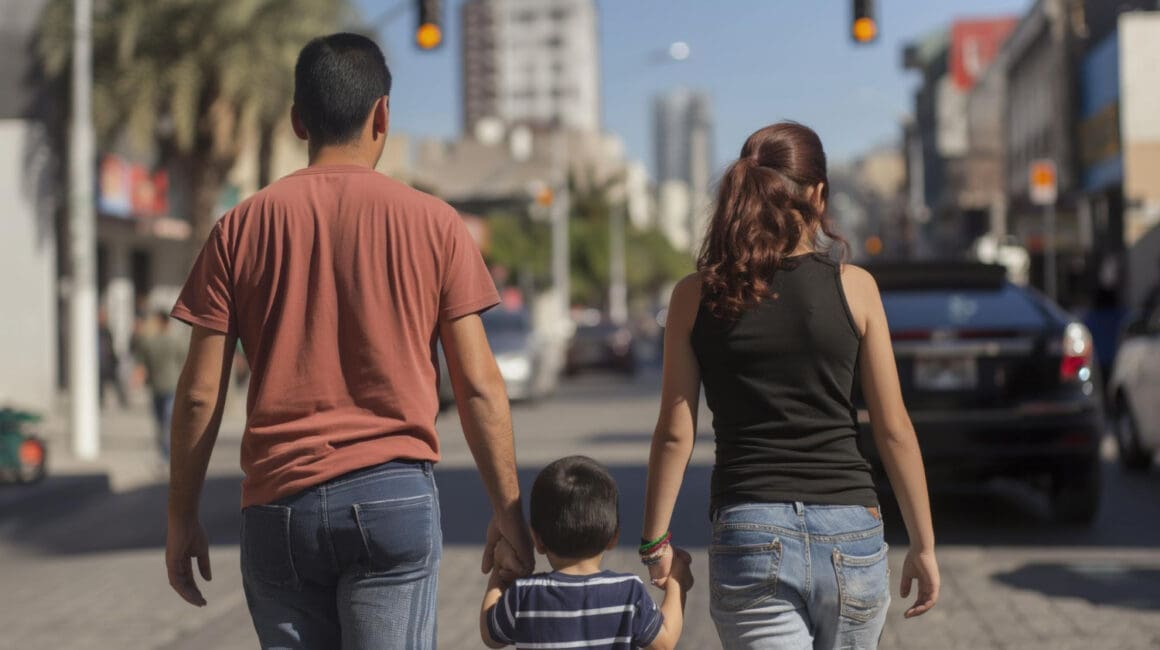President Donald Trump is pushing to terminate birthright citizenship in the United States, which is a foundational principle embedded in the 14th Amendment of the Constitution. This 160-year-old practice grants citizenship to all individuals born on U.S. soil, but Trump’s proposed order is already facing significant legal opposition.
The U.S. is one of several countries, primarily in the Americas, that offer unconditional birthright citizenship based on the principle known as jus soli, or ‘right of the soil.’ However, President Trump’s administration argues that this practice should be revisited, citing the constitutional clause “subject to the jurisdiction thereof.” They contend that children born to undocumented immigrants or those on temporary visas are not fully under U.S. jurisdiction and, thus, should not be granted citizenship.
Opposition to this move has been swift, with more than 20 states, mostly led by Democratic attorneys general, filing lawsuits in federal courts. These legal challenges assert that the president lacks the authority to alter or negate a constitutional amendment. Civil rights organizations and expectant parents have also taken legal action, insisting the order is unconstitutional.
Significant legal setbacks have already emerged for the Trump administration. A federal judge recently issued a nationwide preliminary injunction blocking the enforcement of the order. This follows a decision from another judge calling the order ‘blatantly unconstitutional’ and issuing a temporary restraining order to halt its implementation.
If implemented, the order would not affect children born in the U.S. before its enactment. Still, its future implications could be widespread, impacting millions of migrants and their potential offspring. According to the U.S. Census Bureau, there were approximately 22.9 million non-naturalized immigrants in the U.S. in 2023, making up about 7% of the population. Many are green card holders, temporary visa holders, or unauthorized migrants, with over half born in Latin America.
Data from the Migration Policy Institute indicates that as of 2023, 86% of children under 18 from immigrant families were born in the U.S. This demographic has seen substantial growth over the past three decades, with an average of 860,000 babies born annually to foreign-born mothers between 2013 and 2024, based on National Center for Health Statistics data. The decline in total U.S. births over the last decade contrasts sharply with the higher birth rates among foreign-born mothers compared to U.S.-born mothers.
The legal battles surrounding this order are likely to reach the Supreme Court, which previously ruled in 1898 that individuals born in the U.S. are citizens regardless of their parents’ nationality. Public opinion is also largely against the order, with recent polls showing that only about one-third of Americans support ending birthright citizenship for children of illegal immigrants.
The attempt to end birthright citizenship in the United States by the Trump administration faces a complex web of legal challenges and considerable public resistance. With the issue poised to escalate to the Supreme Court, the future of this constitutional element remains uncertain, highlighting the ongoing debate over immigration policy in the country.














